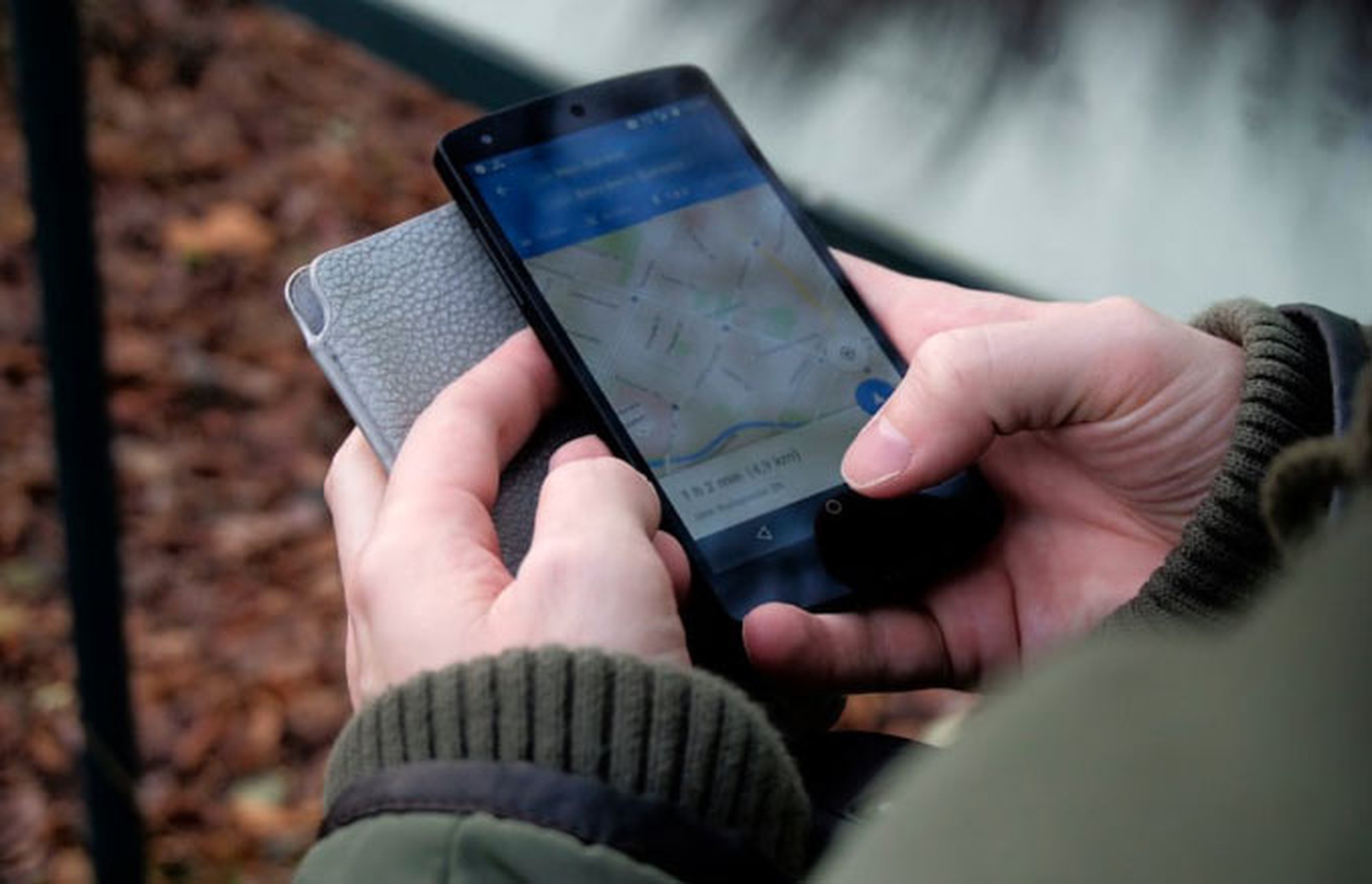Without a doubt designing and making an app like Uber is an attractive business. Apps can make their developers a lot of money. Even free apps with in-app purchases can be a profitable business if your app has enough downloads.
It’s no wonder that more and more people, from Fortune 500 companies to entrepreneurs, want to build apps like Uber and get a piece of the sharing economy pie.
Then again, a lot of apps make little or no money at all. Competition in the app world is fierce. On average, it is estimated that 1000 apps are released every single day.
Building an app like Uber takes time, money and effort so you’ll want to be prepared before you get started. If your app stands a chance of competing against the millions of other Uber like apps out there then you need to sit down and ask yourself some hard hitting questions.
#1 What’s at the Heart of your Idea?

Your app idea needs to meet a market demand and you need to be very clear what the crux of your idea is. Before you start thinking about who will make your app or what it will look like, you need to pin down the idea at the center of your app.
Sum up the idea at the very heart of your app, taking away all the bells and whistles. This short summary will help you focus on what you’re solving and help developers understand what they need to do to transform your idea into a working app.
#2 What’s your Business Model?
It’s extremely important for you to define your startup’s business model. Your app’s success depends on it. You need to be clear how you’re going to monetize your app. Uber’s business model is based on a commission from its rides.
Writing about the dotcom bubble in 2003, Joan Magretta, says that it’s about answering “how do we make money in this business? What is the underlying economic logic that explains how we can deliver value to customers at an appropriate cost?”.
The model includes everything that leads up to the point of making money, with the key resources and key activities that make up your value chain. Strategyzer offers business model canvases online that you can use to define yours.
Read also about hospice management software development and physical therapy software development.
#3 What Are you Bringing to the Table?
Your app needs to bring something new to the table. Even if the idea isn’t original per se, it needs to resolve a problem in a different way than what already exists. Do your research and look at what’s available on the app market.
What does your app do that others don’t? This can be added features or cheaper and faster ways of resolving an existing problem. You need to be very clear about the competitive edge you have and understand that unless this is clear from the outset your app will be copied in a cheaper market and you’ll be undercut.
#4 What’s the Size of your Market?
This question comes down to doing some market research so you know how many potential customers your app stands of winning. Establishing the size of your market will help you make fundamental decisions for going forward. If your market is small then you might want to cut down on the costs of app building and marketing. It also helps investors decide whether it’s worth backing your project.
There’s a number of points to establish in order to estimate the size of your market:
-
Define your target customer. You first need to get a grip of who will be potentially downloading your app.
-
Estimate the amount of your target customers by using the US Bureau of Economic Analysis or Hoovers.
-
Estimate how many potential customers you could be expected to reach.
-
Estimate the market size by calculating the volume and the potential value of each customer.
#5 Where will you Distribute?
Distribution channels are key to getting your app out there. Having an effective distribution for your app will help you expand reach and grow revenue. The fight for more downloads and retaining engagement rates is constant and your distribution channels are key for doing both.
There are lots of app distribution channels to reach your target audience. The most obvious distribution channel is paid for acquisition. Putting ads on Google, Bing and across the social networks are effective ways of getting new customers but it will cost you. If you’re juggling with a tight budget then you should weigh up the benefits of using more creative distribution channels like content marketing, viral loop or referral programmes for current users.
Read also about custom hospital management software development and custom inventory management software development.
#6 What’s your Budget?
Launching an app takes money. A lot of money. You need to factor in all the costs at the beginning so the lights don’t go out after way through. To begin with you have the costs of design and development of the app. See this article for a more detailed breakdown of what it costs to make an app like Uber
After you launch your app you’ll need a further budget for staff, marketing, servers and post-launch updates and improvements. All this can cost a lot of money and unless you plan ahead you’ll run into serious problems.
Did you know that Demigos is fully focusing on custom healthcare software development?
#7 What’s your sales strategy?
Some startup apps figure that revenue from their app will take care of the above costs. A sound sales strategy for a mobile app will mean organizing a stable stream of income to cover expenses.
Your mobile app’s sales strategy can range from solid follow ups with leads, encouraging in-app spending, or building a community of loyal customers. Once you’ve launched your app your sales strategy should be flexible enough to adapt to customer demand and boost engagement.





